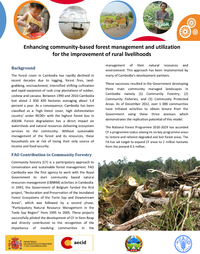Effect of vegetation cover and transitions on regional wind erosion in drylands
Wind erosion is a critical environmental problem that threatens mainly the arid and semi-arid regions of our planet. Usually this problem is associated with desertification, poverty and other environmental and socioeconomic problems. Wind erosion causes the loss of fertile topsoil, and has a negative effect on agricultural production and on human health. When conditions favorable for wind erosion are present, the process can cause large scale environmental disasters like the Dust Bowl in the USA in the 1930s.



